The 17 Horror Films That Still Keep People Up at Night, Ranked
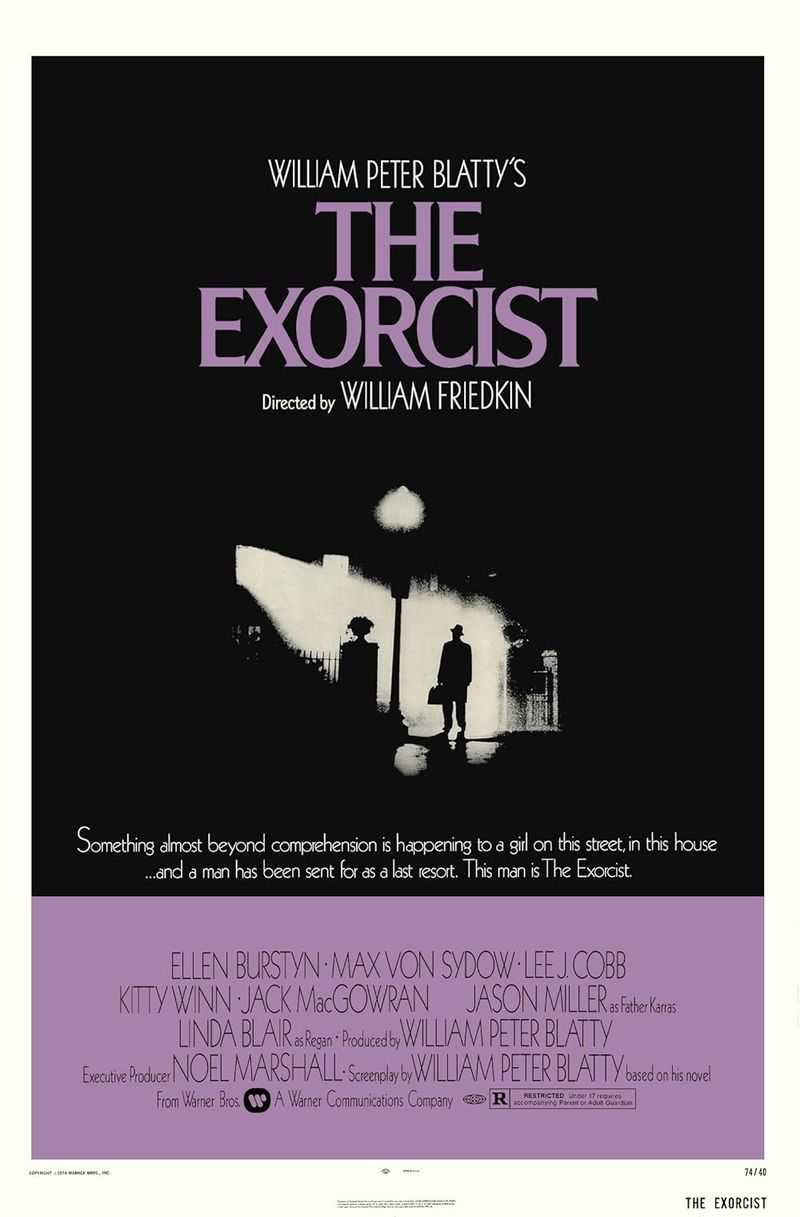
Horror movies have a unique power to burrow into our minds and haunt our thoughts long after the credits roll. The best horror films tap into our deepest fears, creating images and scenarios that refuse to leave our imaginations. From psychological thrillers to supernatural terrors, these movies have left countless viewers sleeping with the lights on for decades.
17. A Nightmare on Elm Street (1984)
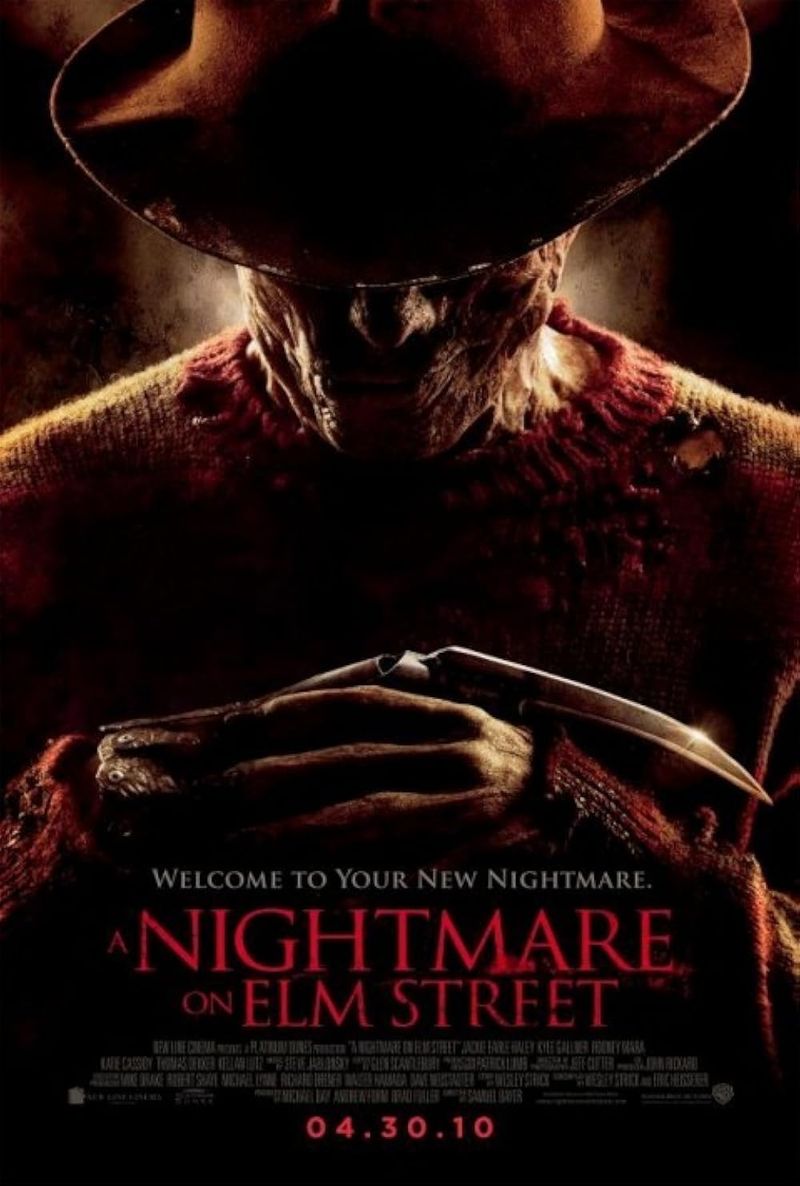
Wes Craven’s slasher masterpiece created one of horror’s most enduring villains in Freddy Krueger, a child killer who returns to murder teenagers in their dreams. The concept taps into our most vulnerable state – sleep – making viewers afraid of something they literally cannot avoid.
The practical effects create genuinely surreal nightmare imagery: a girl dragged across a ceiling, Freddy’s glove emerging from bathwater, and a bed becoming a bloody sinkhole. The blurring between dream and reality becomes increasingly disorienting as the film progresses.
Robert Englund’s performance as Freddy – mixing dark humor with genuine menace – creates a villain who enjoys his work, making him more disturbing than silent slashers. The nursery rhyme “One, two, Freddy’s coming for you” still triggers immediate anxiety in viewers decades later.
16. The Wicker Man (1973)
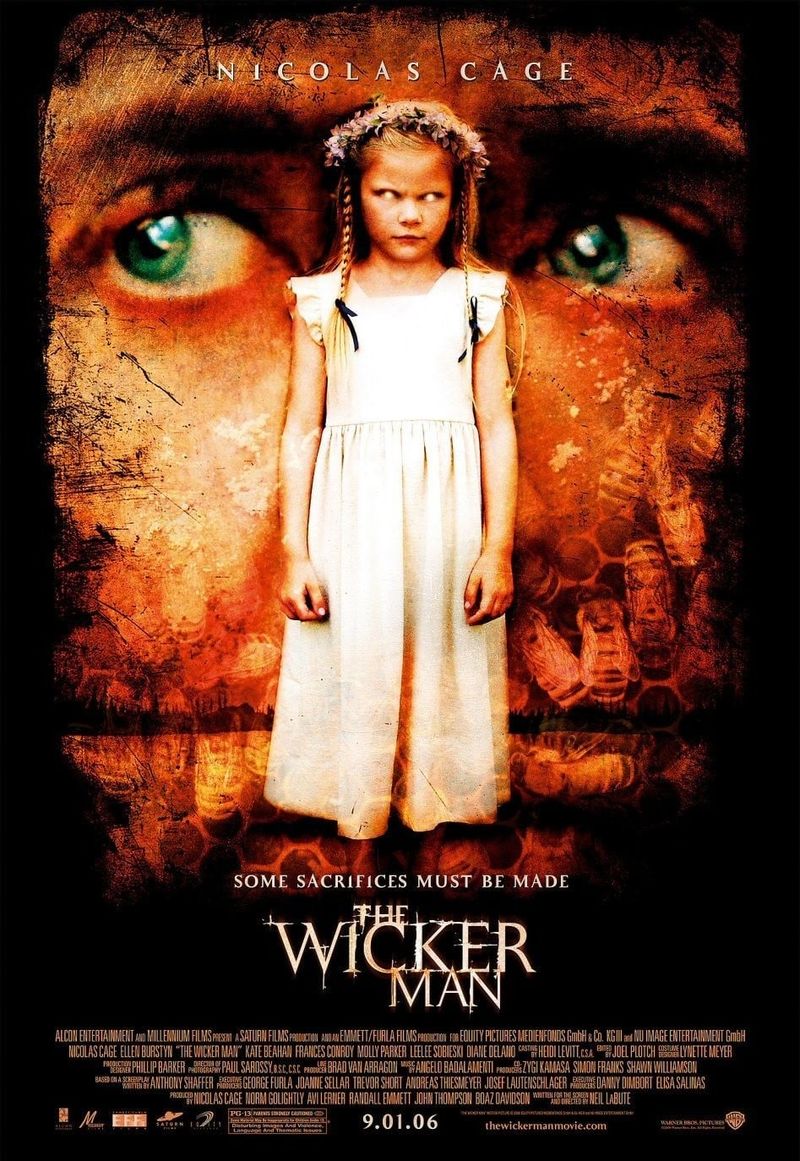
Folk horror at its finest, this British classic follows devout Christian policeman Sergeant Howie investigating a missing girl on the remote Summerisle. The islanders’ pagan practices initially seem quaint but grow increasingly sinister as Howie’s investigation deepens.
The film’s brilliance lies in its sunny disposition – much of the horror occurs in broad daylight amid singing, dancing, and smiling faces. The May Day celebration sequence gradually transforms from festive to nightmarish as Howie realizes his true purpose on the island.
The final scene, with Howie trapped inside the burning wicker man while islanders sing cheerfully, creates a uniquely disturbing contrast between visual horror and musical celebration that haunts viewers for years.
15. Ringu (1998)
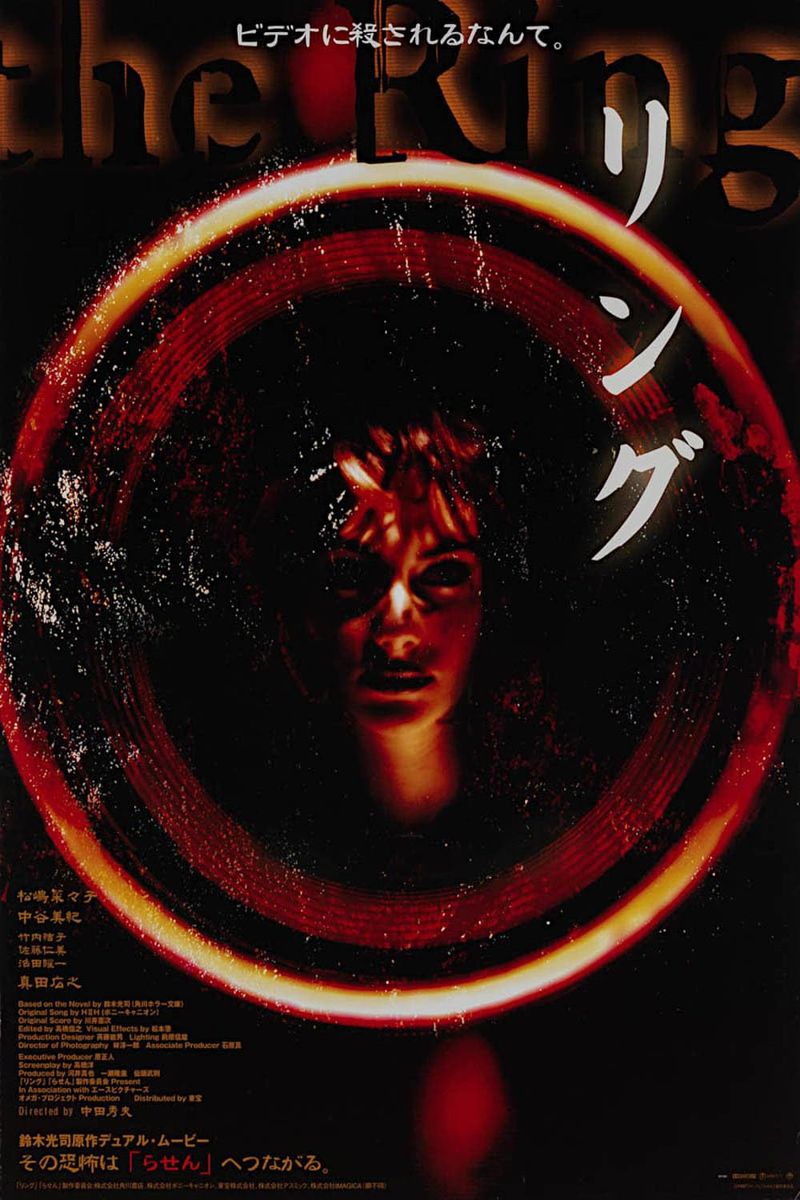
This Japanese horror masterpiece introduced Western audiences to the distinctive visual language of J-horror – long black hair, jerky movements, and vengeful spirits. The premise is deceptively simple: watch a cursed videotape, receive a phone call, die seven days later.
Director Hideo Nakata creates unbearable tension through minimalism – quiet scenes, subtle sound design, and the constant ticking clock of the seven-day deadline. The cursed video itself, with its disjointed imagery and lack of context, feels genuinely forbidden to watch.
The film’s most terrifying sequence – Sadako crawling from the television – taps into fears about technology bringing danger directly into our homes, a concept that feels increasingly relevant in our screen-dominated world.
14. The Shining (1980)
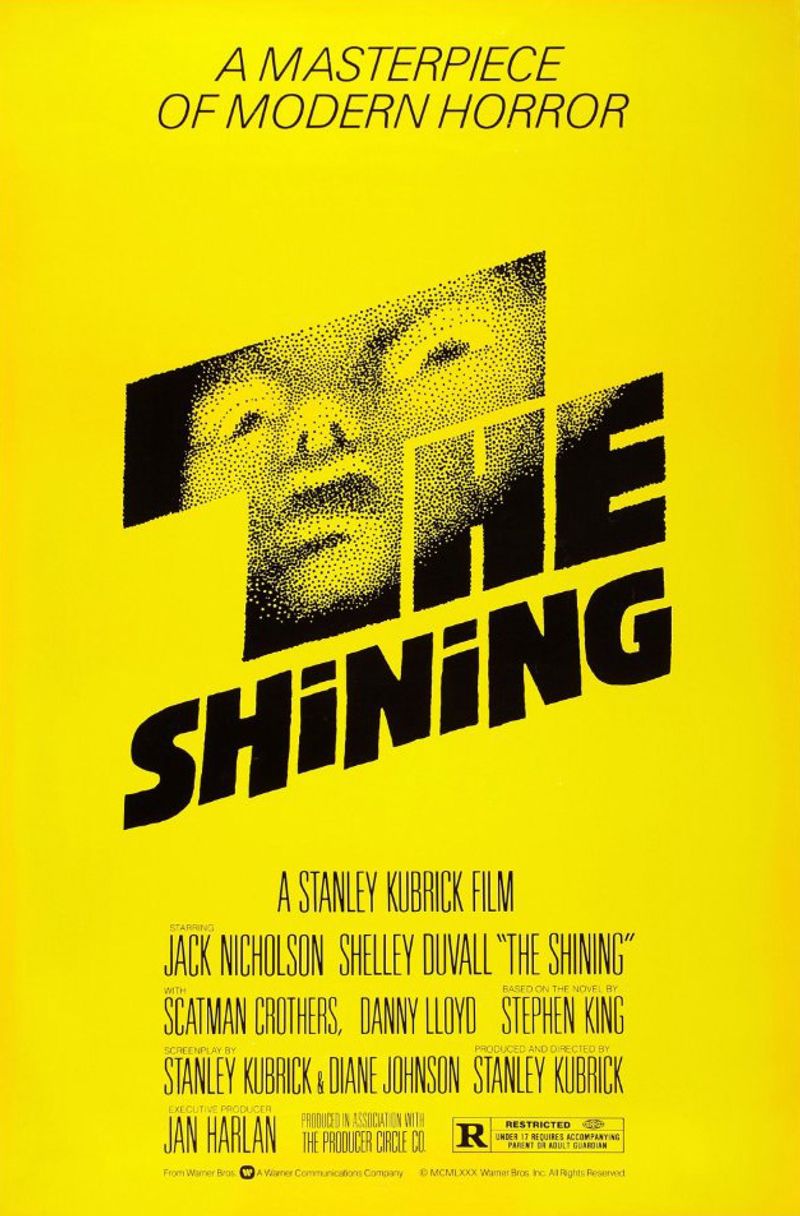
Stanley Kubrick’s adaptation of Stephen King’s novel follows writer Jack Torrance’s descent into madness while caretaking the isolated Overlook Hotel. The film’s meticulous composition creates mounting dread – perfectly symmetrical hallways, unnatural lighting, and the Steadicam following Danny on his Big Wheel through empty corridors.
Iconic images burn themselves into viewers’ minds: elevators gushing blood, decomposing woman in Room 237, and the typewritten pages of “All work and no play makes Jack a dull boy.” The hedge maze finale, with Jack transformed into a lumbering, axe-wielding monster, represents the complete destruction of the family unit.
What makes The Shining uniquely disturbing is its ambiguity – are the horrors supernatural, psychological, or both? The final photograph suggests something far more complex than a simple haunting.
13. Don’t Look Now (1973)
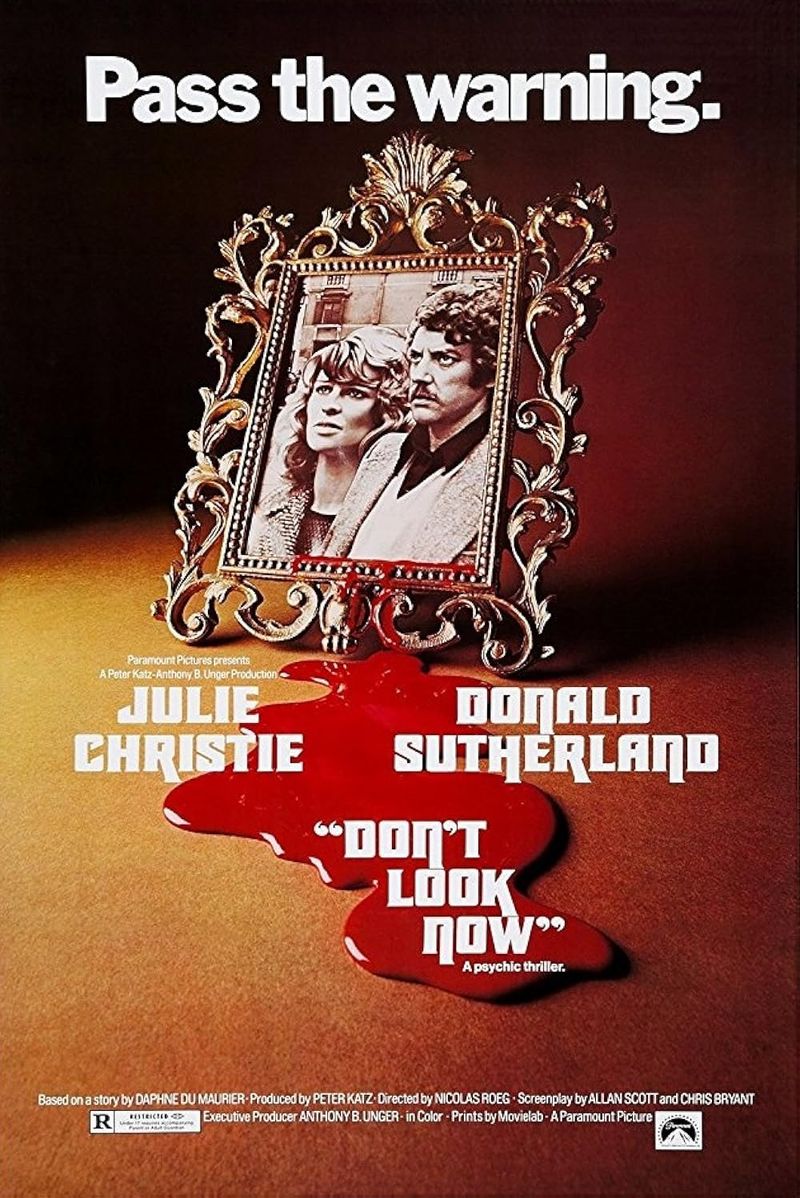
Following a couple grieving their daughter’s drowning death, this psychological horror masterpiece uses Venice’s labyrinthine canals and decaying architecture to create disorientation and dread. Director Nicolas Roeg employs fragmented editing and color symbolism (particularly the recurring red of the daughter’s coat) to blur past, present and future.
The film’s power comes from its emotional authenticity – the raw grief feels painfully real, making the supernatural elements all the more disturbing. Glimpses of a small figure in a red raincoat darting through Venice’s narrow passageways create mounting tension throughout.
The shocking finale, where John finally confronts what he believes is his daughter, delivers one of cinema’s most unexpected and horrifying reveals.
12. The Evil Dead (1981)
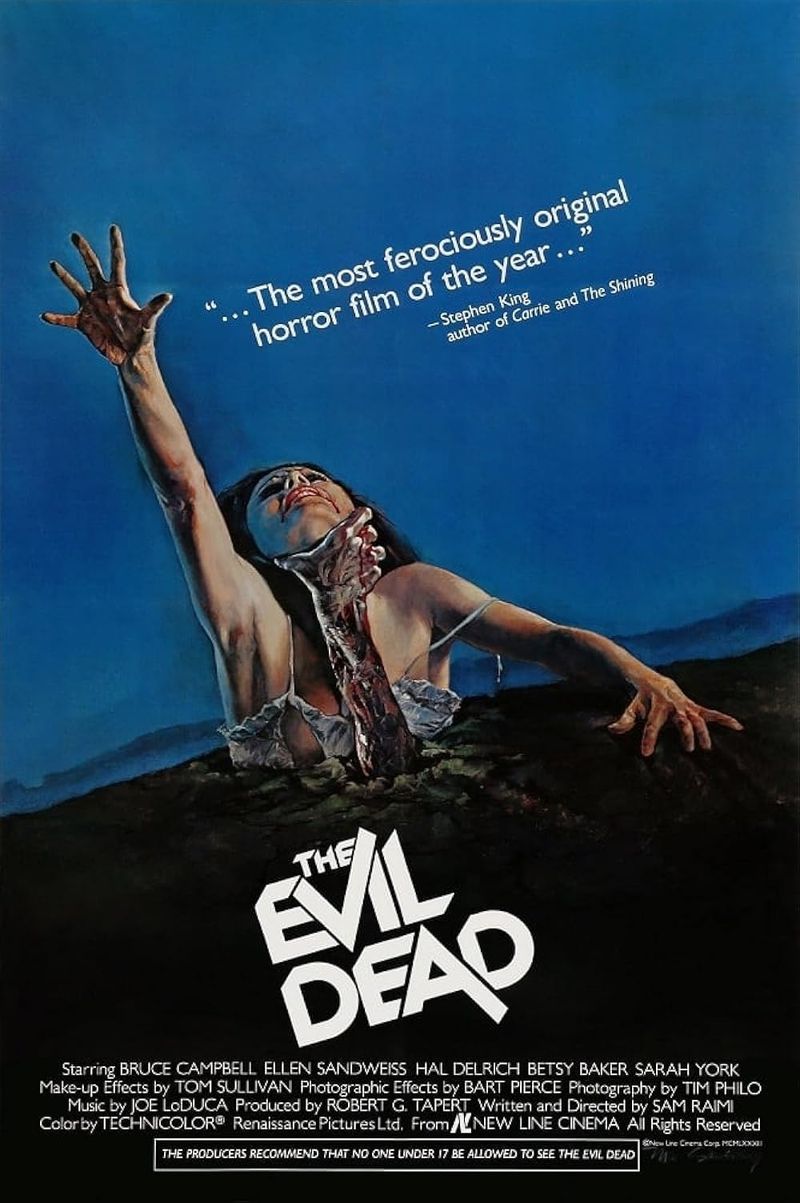
Sam Raimi’s low-budget masterpiece follows five friends to a remote cabin where they unwittingly release demonic entities. The film’s unrelenting intensity comes from its innovative camerawork – the “evil force” POV shots racing through the forest create a sense of constant pursuit.
What truly disturbs is the body horror – friends transform into “deadites” with milky eyes and mocking voices, taunting their former companions. The possession scenes, particularly the infamous “tree rape” sequence, cross boundaries that even modern horror rarely approaches.
The practical effects, though dated by today’s standards, have a visceral quality that CGI can’t replicate – the melting faces, severed limbs, and geysers of blood create a nightmarish atmosphere that builds to an almost unbearable crescendo.
11. Halloween (1978)

John Carpenter’s slasher blueprint introduced the world to Michael Myers, an escaped mental patient returning to his hometown on Halloween night. The film’s genius lies in its simplicity – much of the terror comes from Myers simply standing still, watching from a distance.
Carpenter’s self-composed score, with its iconic 5/4 time signature piano theme, creates immediate tension even in otherwise ordinary suburban scenes. The mask itself – actually a modified William Shatner face – becomes terrifying through its expressionless, emotionless quality.
The film pioneered many horror techniques now considered standard: the killer’s POV shots, the “final girl” trope, and the idea that evil cannot be reasoned with or fully understood. Myers isn’t just a killer; he’s described as “pure evil” – a force rather than a person.
10. The Omen (1976)
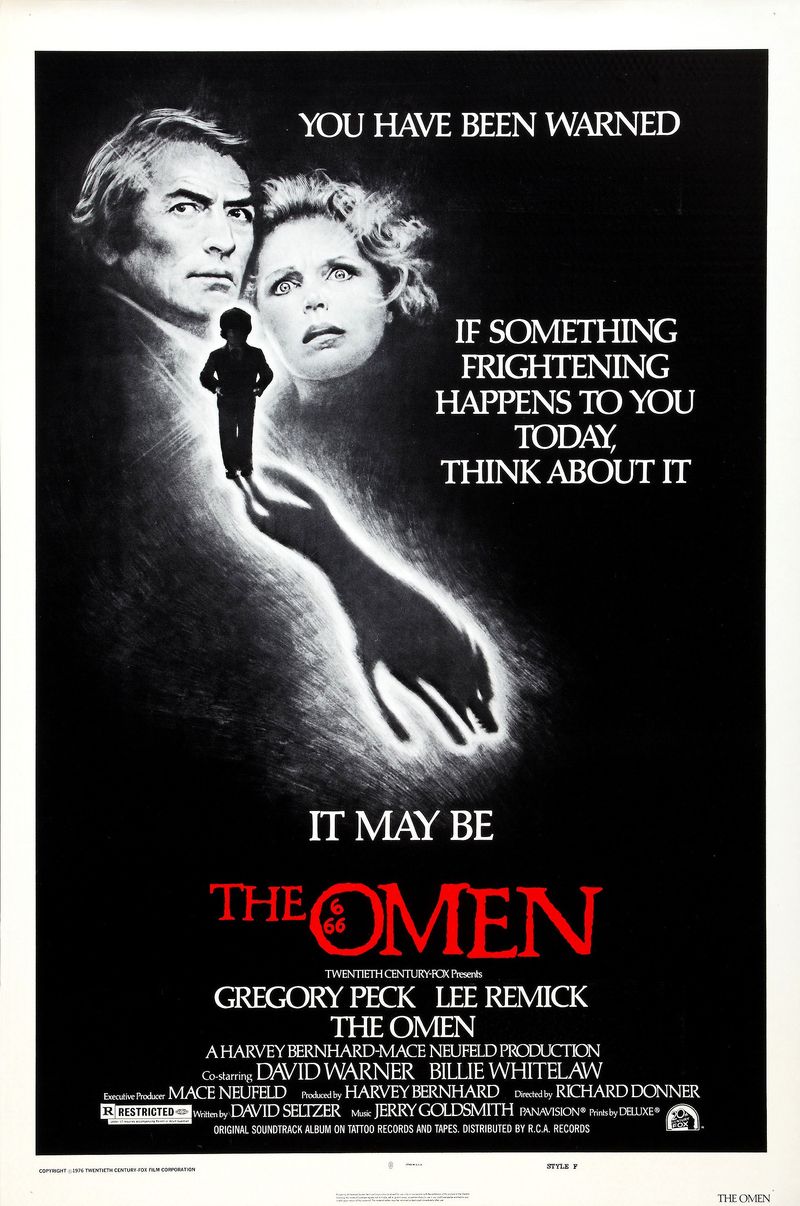
When diplomat Robert Thorn secretly replaces his stillborn son with an orphaned infant, he unknowingly brings the Antichrist into his home. The film creates dread through its series of elaborately staged deaths – a priest impaled by a lightning rod, a photographer decapitated by a sheet of glass, a nanny publicly hanging herself at a birthday party.
Jerry Goldsmith’s Oscar-winning score, featuring Latin chanting and discordant strings, creates immediate unease even in seemingly innocent scenes. The revelation of Damien’s 666 birthmark feels genuinely blasphemous, especially in the more religiously observant era when the film was released.
What truly disturbs is the film’s theological implications – the idea that evil has a divine plan that unfolds with unstoppable precision, regardless of human intervention.
9. The Exorcism of Emily Rose (2005)
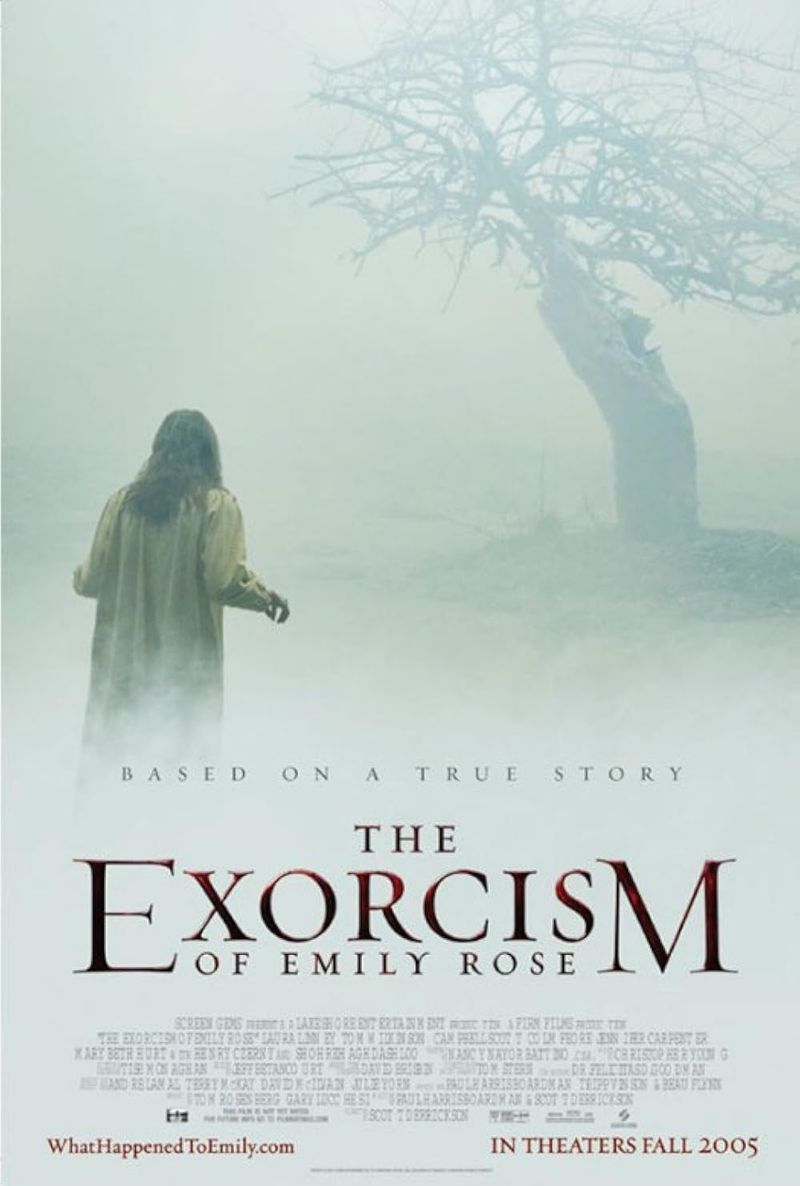
Courtroom drama meets demonic possession in this chilling tale based on real events. What makes this film uniquely disturbing is how it presents both rational and supernatural explanations, leaving viewers questioning their own beliefs.
The nighttime scenes where Emily contorts her body into impossible positions occur precisely at 3 AM – the mocking inversion of Christ’s death hour. Many viewers report waking up at exactly 3 AM after watching this film, their minds playing tricks in the darkness.
The film’s power comes from its restraint, showing just enough horror while letting your imagination fill in the worst parts.
8. The Conjuring (2013)

Based on the case files of paranormal investigators Ed and Lorraine Warren, this modern classic builds dread methodically. Director James Wan masterfully uses long takes and strategic camera placement to keep viewers constantly searching shadows for threats.
The film’s most terrifying element is the hide-and-clap game sequence, where blindfolded characters unknowingly interact with unseen entities. Many viewers report checking behind doors and inside closets for weeks after watching.
What elevates this above typical haunted house fare is its emotional core – a family fighting desperately against forces they cannot understand but must confront to survive.
7. The Others (2001)
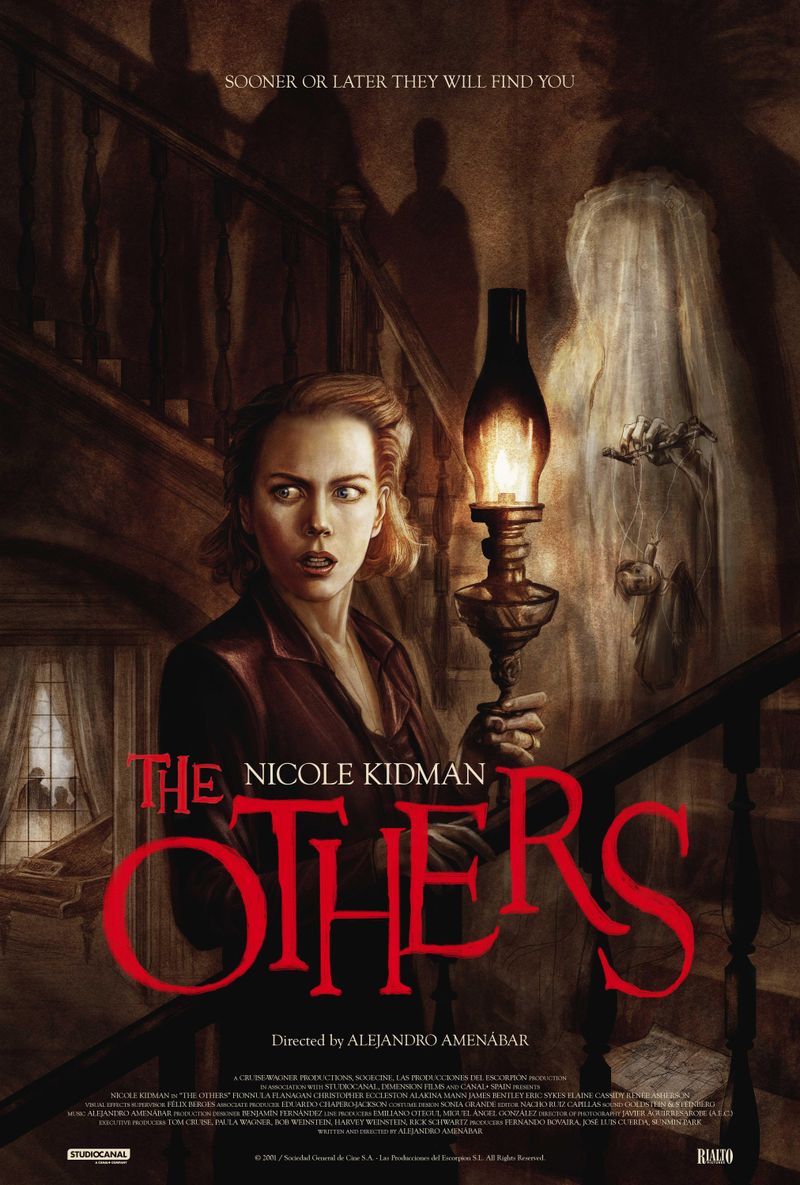
Set in a fog-shrouded mansion on the Isle of Jersey after World War II, this ghost story turns conventional haunting narratives inside out. Nicole Kidman delivers a tense performance as Grace, a mother protecting her photosensitive children from both sunlight and apparent intruders.
The film’s genius lies in its atmosphere – creaking floorboards, doors that won’t stay closed, and the constant, suffocating fog outside. The children’s whispered conversations about the “others” create an escalating sense of dread.
When the devastating twist arrives, it forces viewers to reconsider every scene that came before, creating a psychological horror that lingers in your thoughts for days.
6. Rosemary’s Baby (1968)
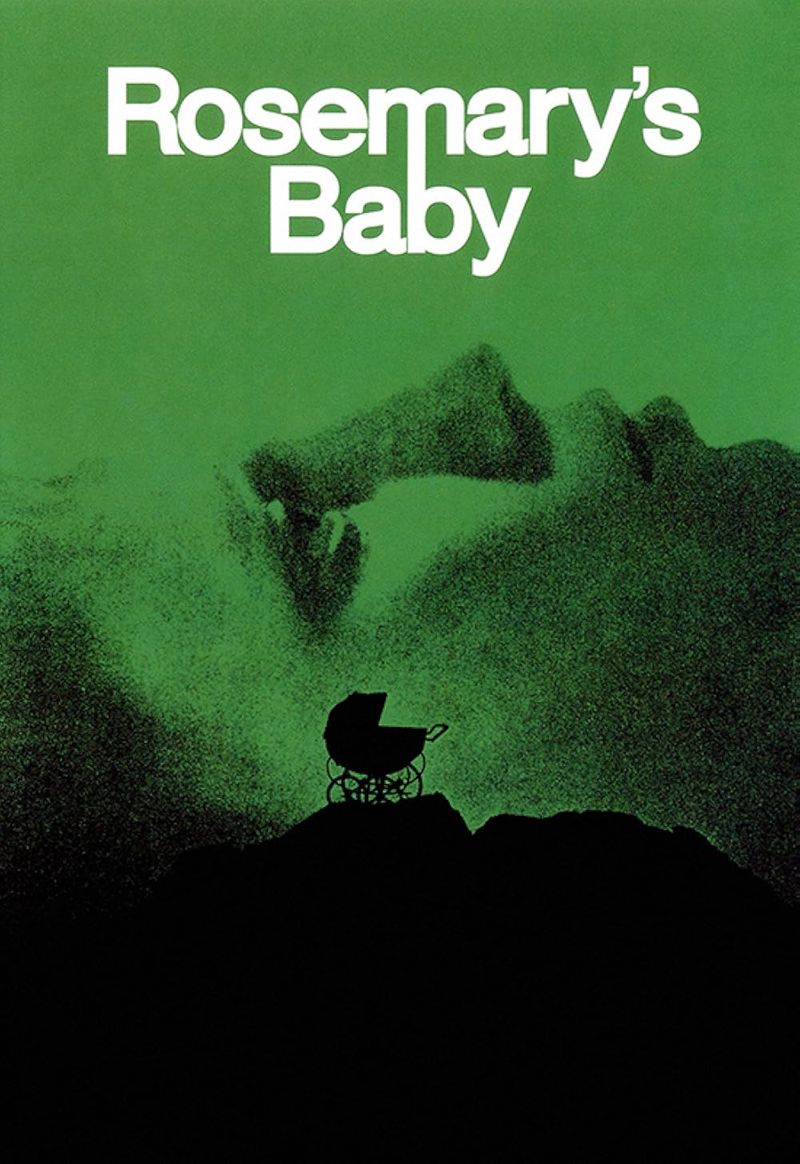
Roman Polanski’s masterpiece of psychological horror follows a pregnant woman increasingly convinced that her neighbors belong to a Satanic cult with designs on her unborn child. The film’s power comes from its ambiguity – is Rosemary experiencing paranoia, or has she uncovered a genuine conspiracy?
The violation of safe spaces creates constant unease – Rosemary’s apartment, her marriage, and ultimately her own body become sources of terror. The dream sequence where Rosemary is ritually raped by a demonic entity while neighbors watch remains one of cinema’s most disturbing scenes.
What makes the film truly horrifying is its ending – Rosemary’s discovery that everything she feared was true, culminating in her ambiguous decision regarding her demonic offspring.
5. The Sixth Sense (1999)
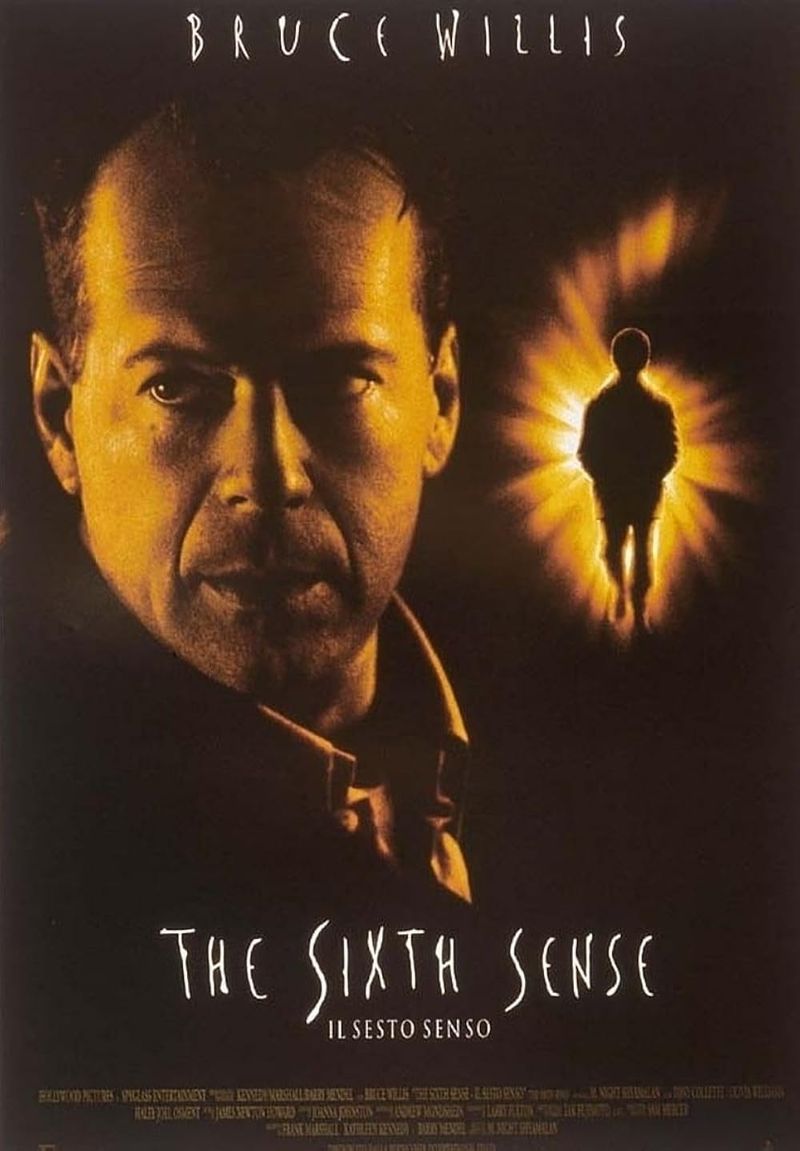
“I see dead people” became instantly iconic, but the true horror of this film lies in its portrayal of isolation and the unknown. Young Cole Sear (Haley Joel Osment) navigates a world where ghosts seek his help, unaware they’re deceased.
The red imagery throughout the film subtly signals supernatural moments – the doorknob, the tent, the woman’s dress. These visual cues create subconscious dread even in seemingly normal scenes.
Director M. Night Shyamalan crafts moments of pure terror: a boy following his mother with a gun, a hanged family in the school, and the poisoned girl under the bed. The film’s famous twist ending only amplifies its emotional impact and rewatch value.
4. The Blair Witch Project (1999)
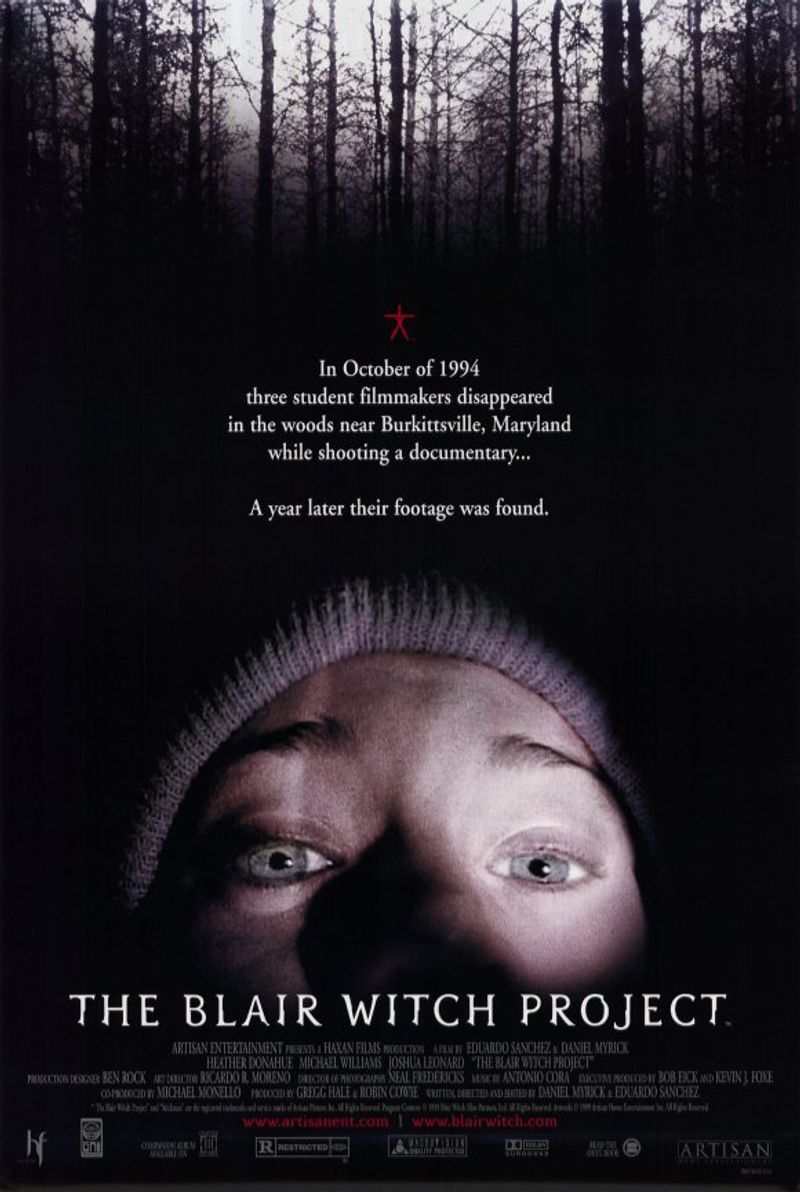
Revolutionary for its time, this found-footage pioneer convinced many viewers it contained actual documentary footage of three film students who disappeared in the Maryland woods. The genius lies in what you don’t see – the witch herself never appears on screen.
The handheld camera work creates genuine disorientation as the characters become increasingly lost, hungry, and terrified. Nighttime scenes with unseen forces rustling tents and leaving mysterious stick figures tap into primal fears of the dark unknown.
The final scene – showing Mike standing in a corner while Heather screams – remains one of horror’s most disturbing endings, especially once viewers understand the significance of this posture from earlier folklore mentions.
3. The Autopsy of Jane Doe (2016)

Set almost entirely within the claustrophobic confines of a basement morgue, this underrated gem follows father-son coroners examining an unidentified female corpse with increasingly impossible injuries. The clinical setting makes the horror feel uncomfortably real and immediate.
As the autopsy progresses, small details become terrifying – ankle bells jingling without movement, impossible internal trauma, and radio stations that shouldn’t exist playing at precise moments. The film brilliantly uses sound design to create tension, with the crack of breaking ribs and the snip of cutting tools becoming increasingly menacing.
What truly disturbs is how the ordinary procedure of autopsy gradually reveals something ancient and malevolent beyond rational explanation.
2. Sinister (2012)
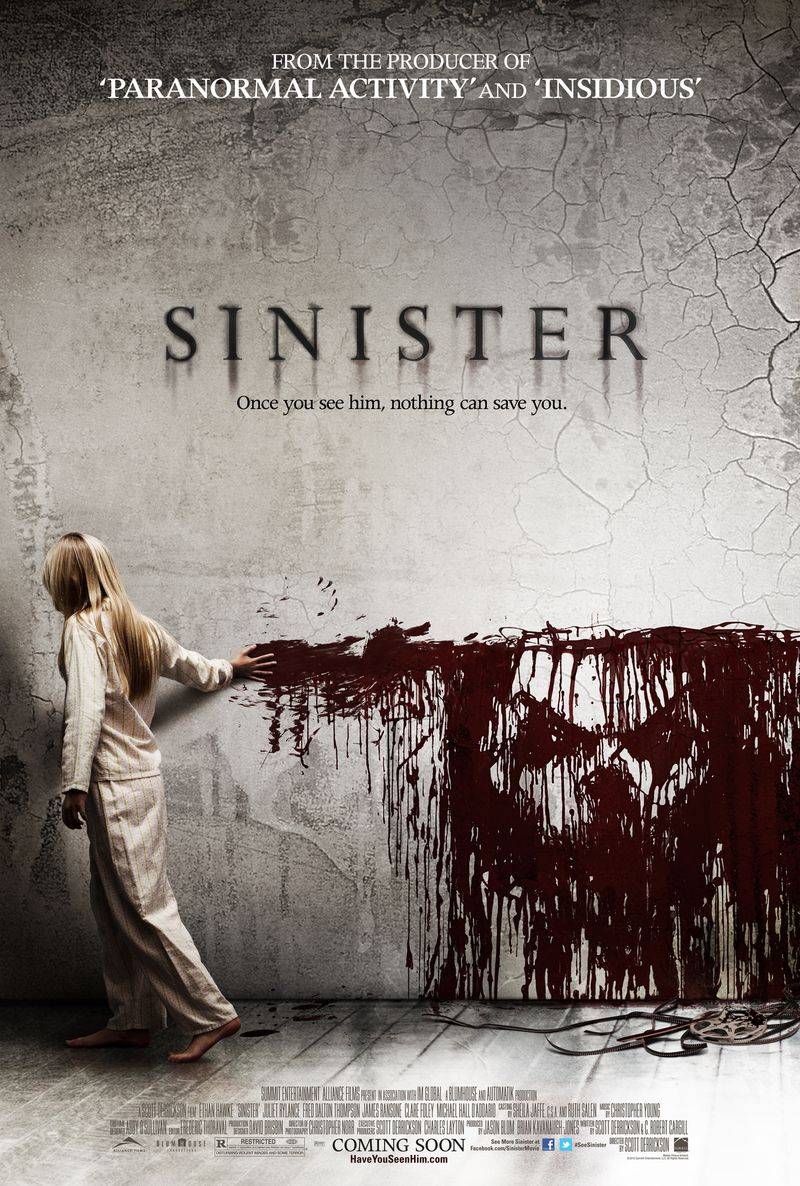
True crime writer Ellison Oswalt discovers a box of Super 8 films in his attic, unknowingly inviting a Babylonian deity named Bughuul into his family’s lives. The found footage sequences – each showing a different family’s murder filmed by their own children – are genuinely disturbing in their grainy authenticity.
The lawn mower sequence stands as one of modern horror’s most effective jump scares, made worse by the knowledge that children are behind these atrocities. The film’s sound design, featuring Christopher Young’s dissonant score mixed with haunting music box melodies, creates constant unease.
What makes Sinister particularly frightening is how it transforms innocent childhood objects – a projector, home movies, crayon drawings – into vehicles for absolute evil.
1. The Exorcist (1973)
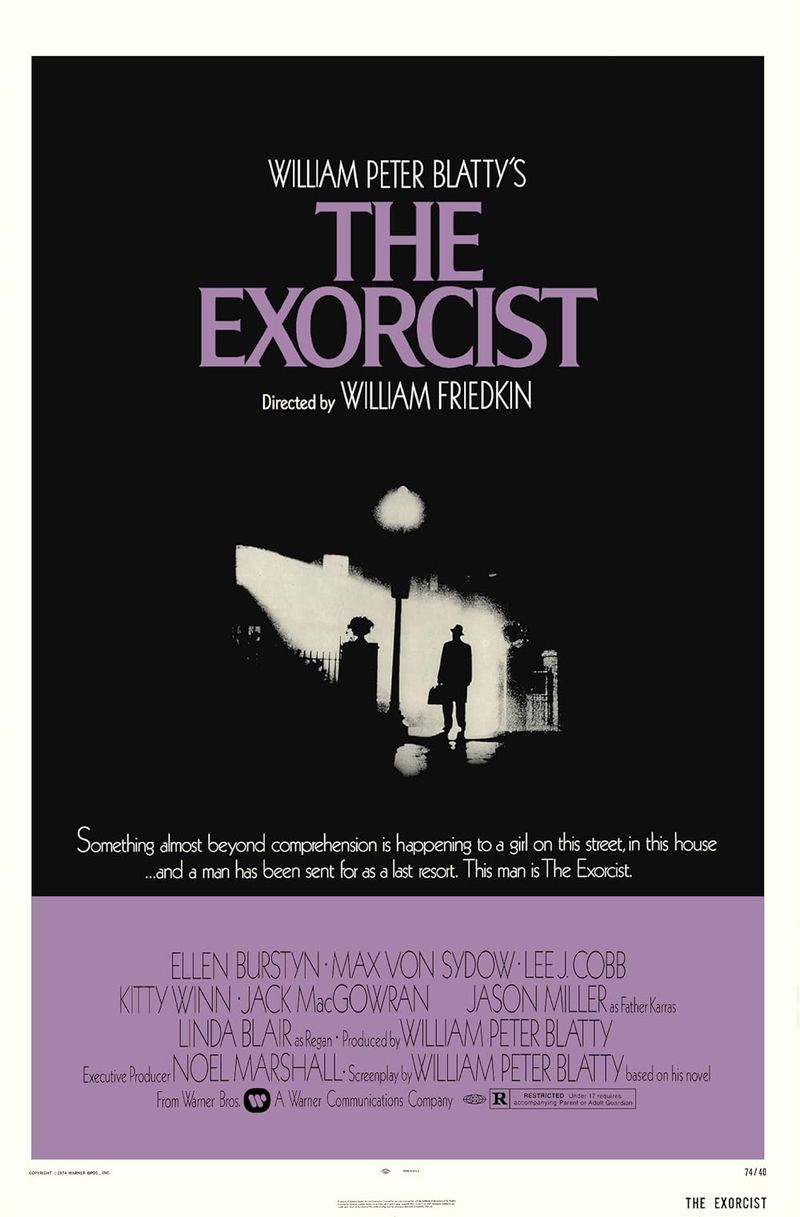
William Friedkin’s landmark horror film follows the demonic possession of 12-year-old Regan MacNeil and the priests who attempt to save her soul. The film’s power comes from its unflinching portrayal of innocence corrupted – a young girl transformed into a vessel for obscenity, blasphemy, and violence.
The practical effects still shock today: Regan’s head spinning 360 degrees, her spider-walk down the stairs, and the visceral scenes of projectile vomiting green bile. The medical testing sequence, showing Regan undergoing painful diagnostic procedures, creates genuine empathy before the supernatural horror intensifies.
What makes The Exorcist the scariest film ever made is its serious theological framework – it presents evil as an actual entity that can only be fought through faith and self-sacrifice, often at terrible personal cost.

Comments
Loading…